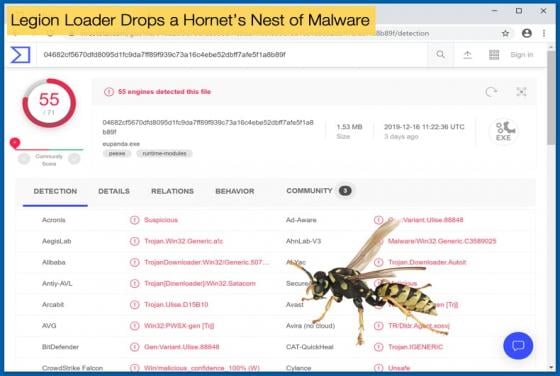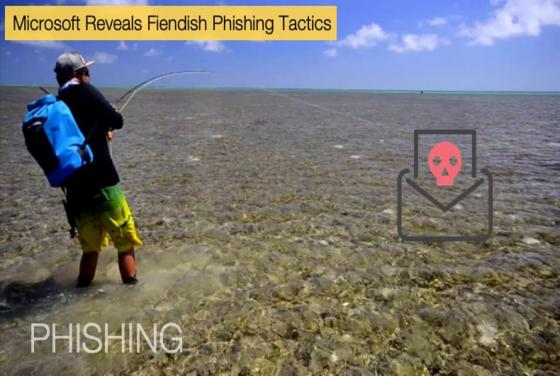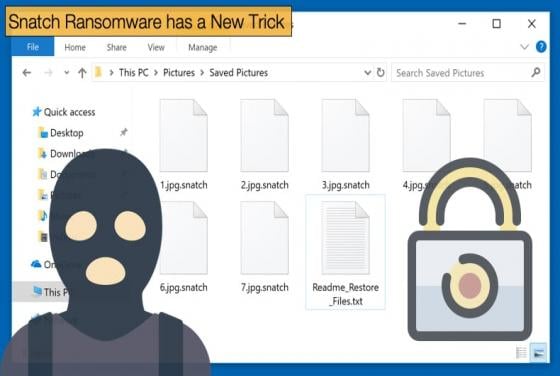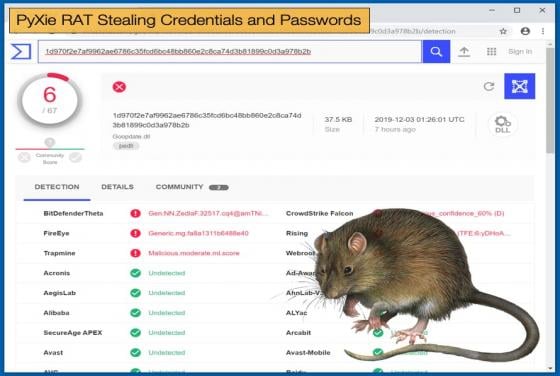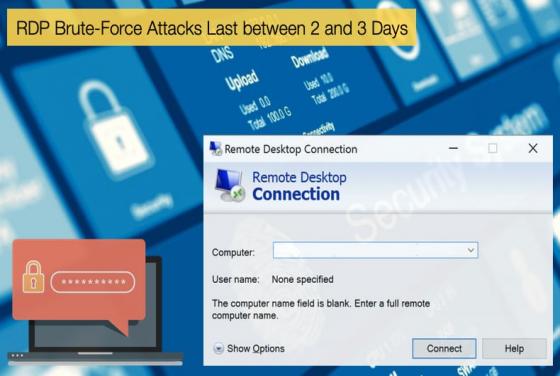

RDP Brute-Force Attacks Last between 2 and 3 Days
In a recent blog article published by the Microsoft Defender, ATP Research Team reveals some interesting numbers regarding RDP brute-force attacks. The key findings of the research team include that brute-force attacks on RDP ports last an average of two to three days and only approximately 0.08% of



